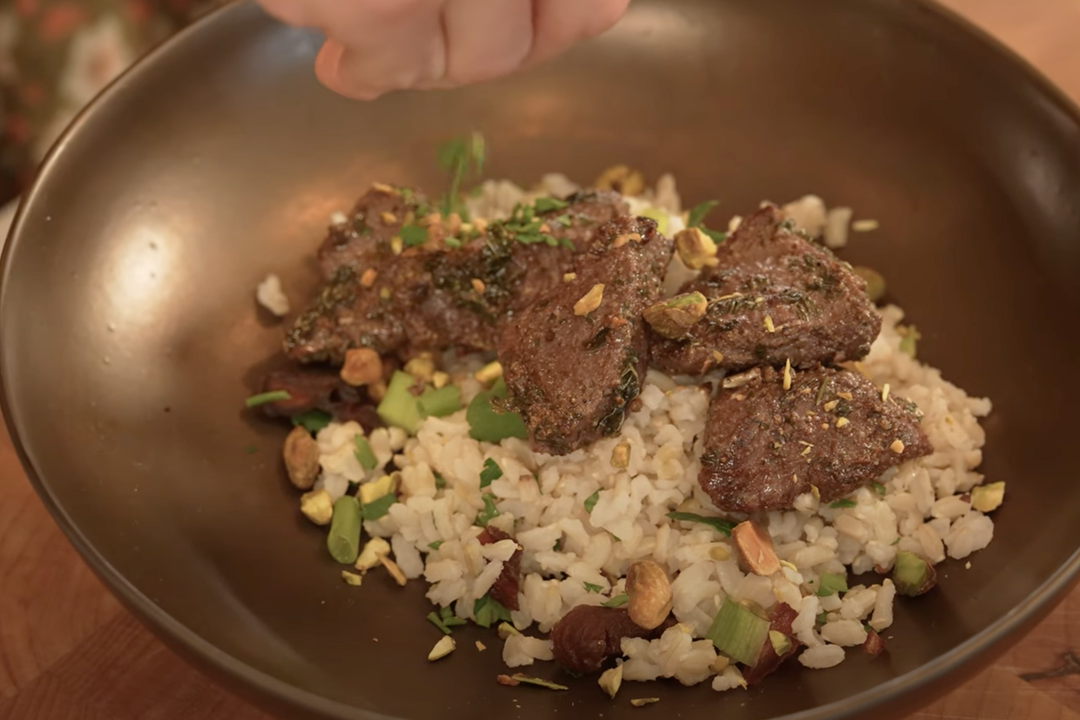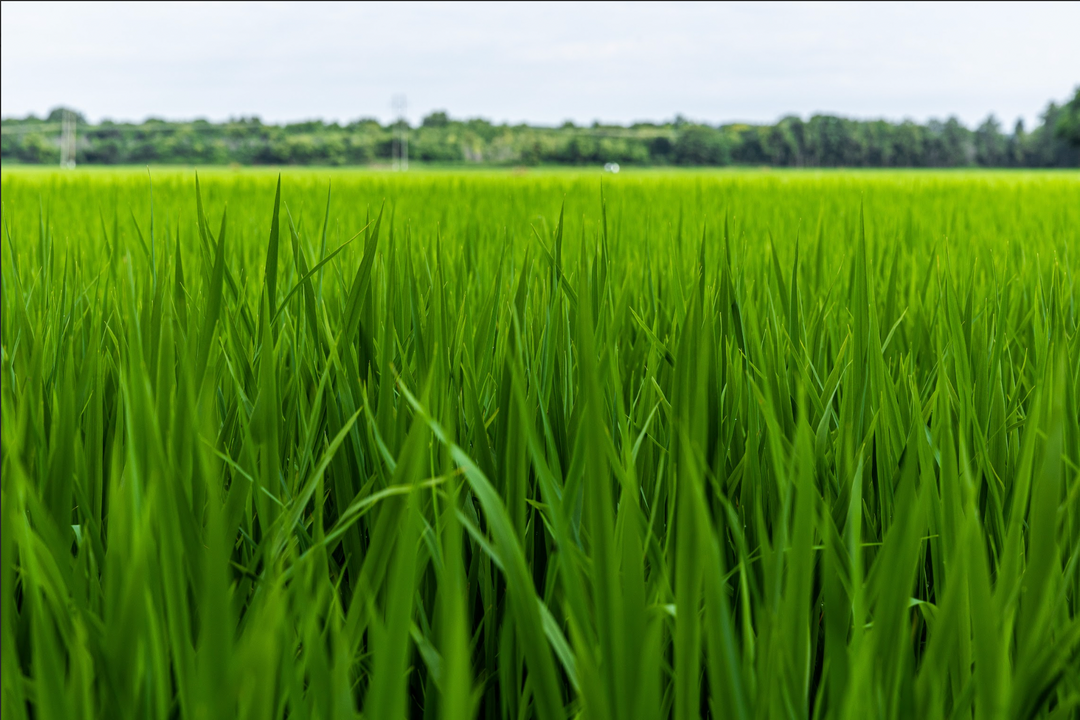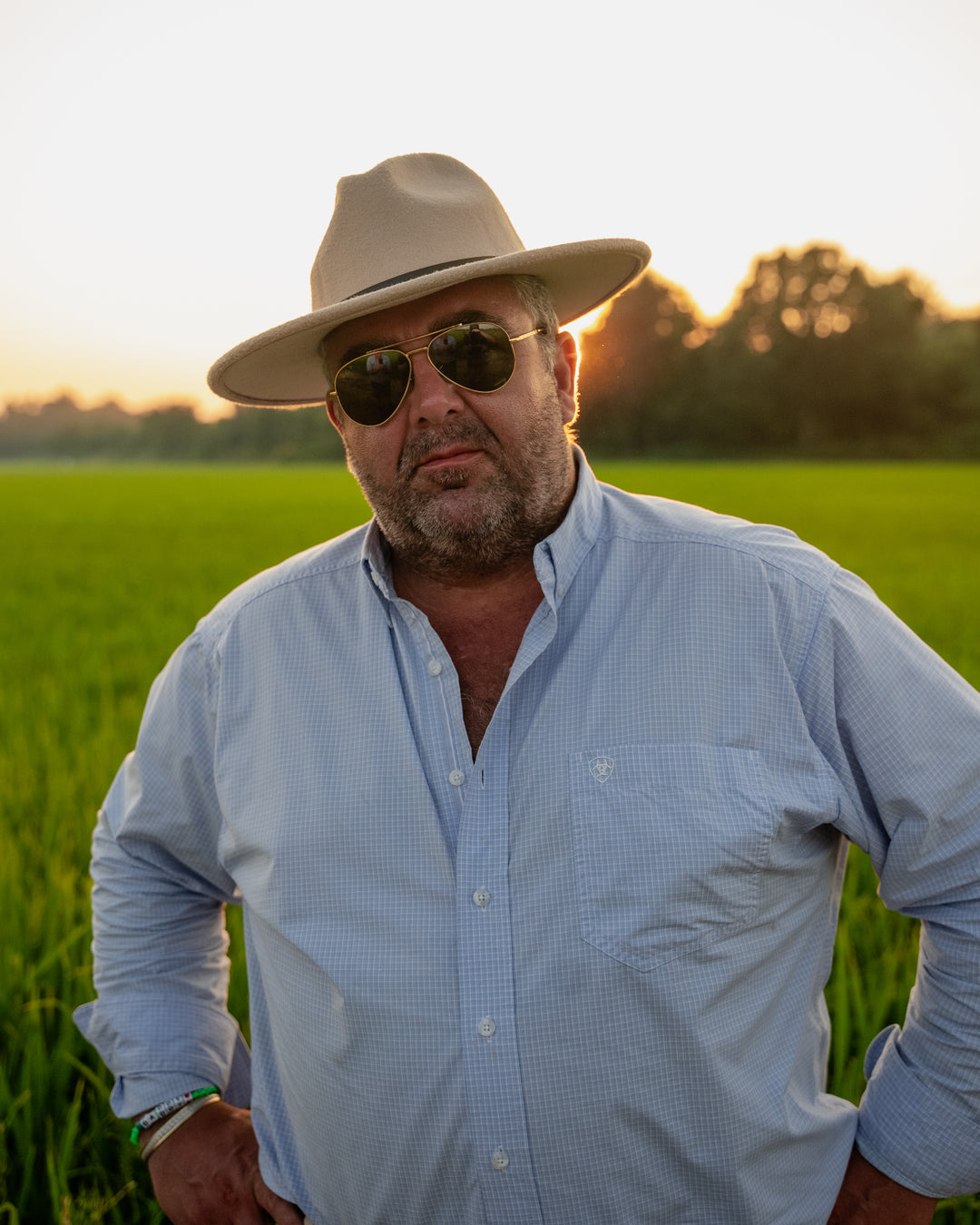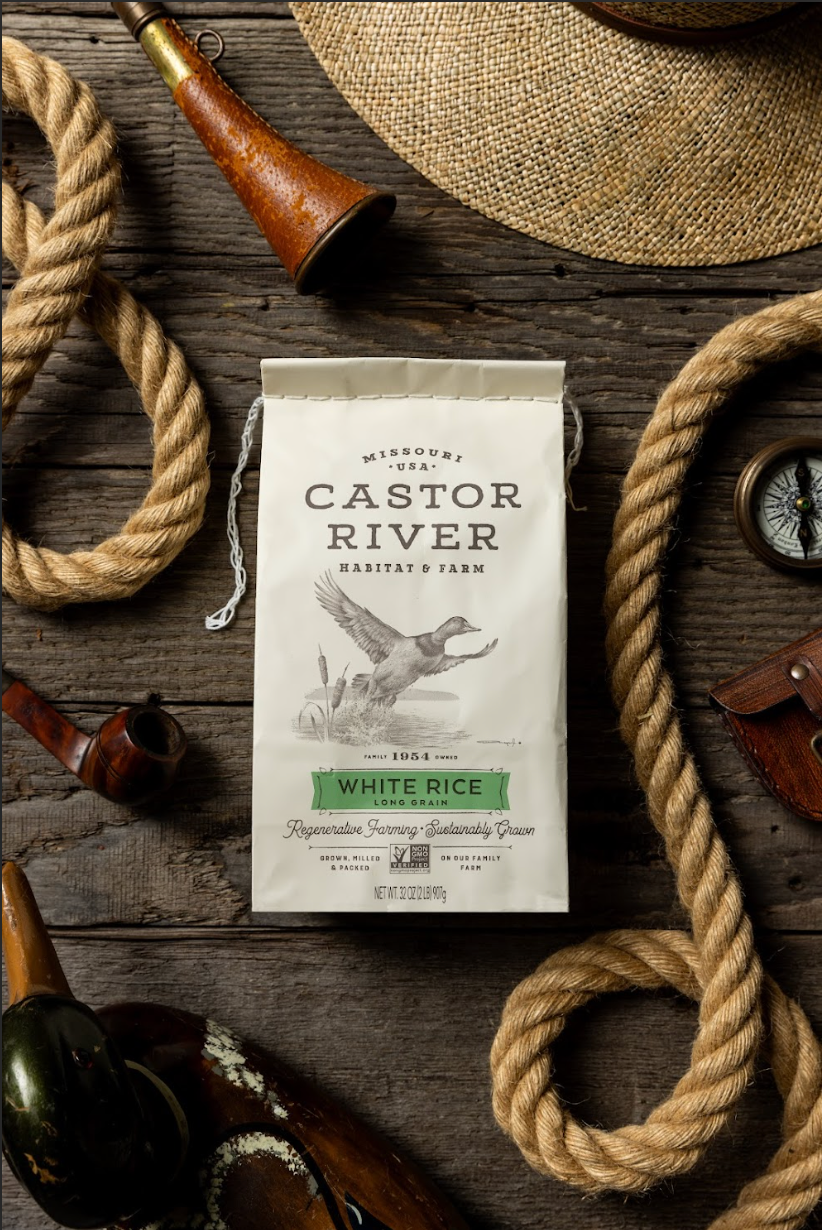The Taste of Fall Starts in the Soil
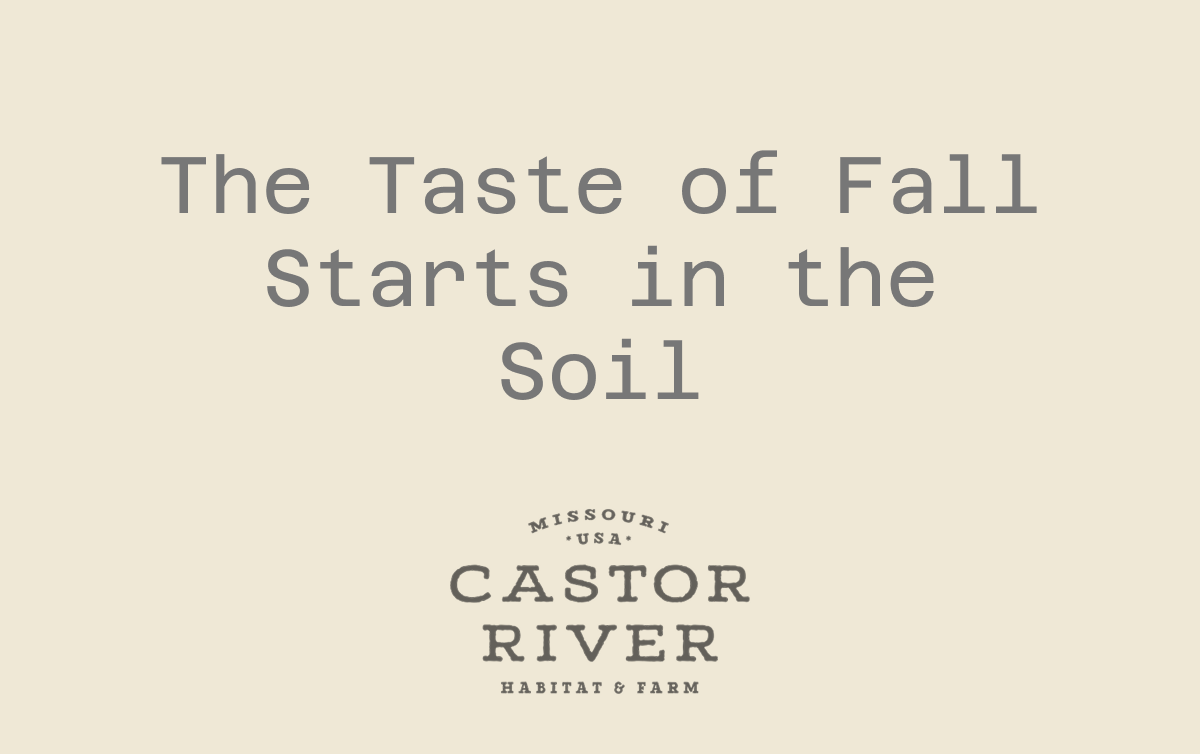
When you think of fall, you probably picture golden leaves, cool mornings, and the comfort of a warm meal. But here at Castor River Farms, the taste of fall begins long before the harvest. It begins beneath the surface, in the living, breathing soil that defines everything we grow.
Fall isn’t an ending. It’s the season when the soil starts to rebuild itself. Every change in temperature, every fallen leaf, every cover crop planted plays a role in restoring balance to the land — and that’s what gives Castor River rice its unmistakably clean, rich flavor.
How Fall Transforms the Soil
As the heat of summer fades, microbial activity in the soil changes. Cooler temperatures invite a new phase of life underground...one focused on rebuilding. Organic matter from decaying roots and crop residue breaks down, feeding billions of microorganisms that recycle nutrients back into the soil.
This microbial life — bacteria, fungi, protozoa — is the unseen engine of soil health. In fall, it gets to work digesting plant material, building humus, and increasing the soil’s ability to hold water and store carbon.
When we say our rice is grown regeneratively, this is what we mean: the soil never stops working. Even when the fields look quiet, they’re alive with activity.
The Rice That Grows From Regeneration
Unlike conventionally grown rice, which often depends on chemical inputs and flooded fields, our rice thrives in a no-till, cover-cropped system. That means we never strip the soil bare. Instead, we protect it...keeping roots in the ground year-round to feed soil biology and preserve structure.
As those roots decompose, they create air pockets that improve oxygen flow and help rice roots reach deeper nutrients. This natural process produces rice that’s more nutrient-dense, flavorful, and environmentally sustainable.
Each grain of Castor River rice carries the subtle imprint of the soil it grew in, the minerals it absorbed, the microbes that supported it, and the biodiversity that made it possible. That’s why our rice doesn’t just taste “fresh.” It tastes alive.
The Impact of Fall on Flavor and Quality
Fall is also when our soil’s nutrient balance sets the tone for next year’s harvest. Nitrogen, phosphorus, and potassium — essential for plant growth — are restored through organic decomposition. Cover crops like rye, vetch, and clover fix nitrogen naturally, while radishes and turnips break up compacted soil, improving root pathways.
That balance pays off in the next growing season with stronger plants, better grain fill, and cleaner-tasting rice. The flavor you experience in every bite isn’t just the result of cooking, it’s the outcome of a biological chain reaction that starts in October.
Even the aroma, that signature nuttiness in our brown rice or the clean, buttery notes in our white rice, is influenced by soil health. When rice plants grow in nutrient-balanced soil, they develop more complex starch structures and natural aromatic compounds. You can literally taste the soil’s vitality in the grain.
Stewardship That Outlasts the Season
Regeneration isn’t a one-time effort. It’s a continual cycle of care. Every fall, our focus shifts from production to preservation, rebuilding organic matter, improving soil tilth, and preparing the land to thrive in the next growing season.
Healthy soil holds moisture through winter, captures carbon from the atmosphere, and becomes more resilient to extreme weather. The result is not only better rice, but a farming system that gives more than it takes.
That’s the Castor River promise: food that reflects the land it came from, grown with respect for the soil, the season, and the generations that follow.
Because real fall flavor doesn’t come from the spice aisle.
It starts where the story always does. In the soil.





